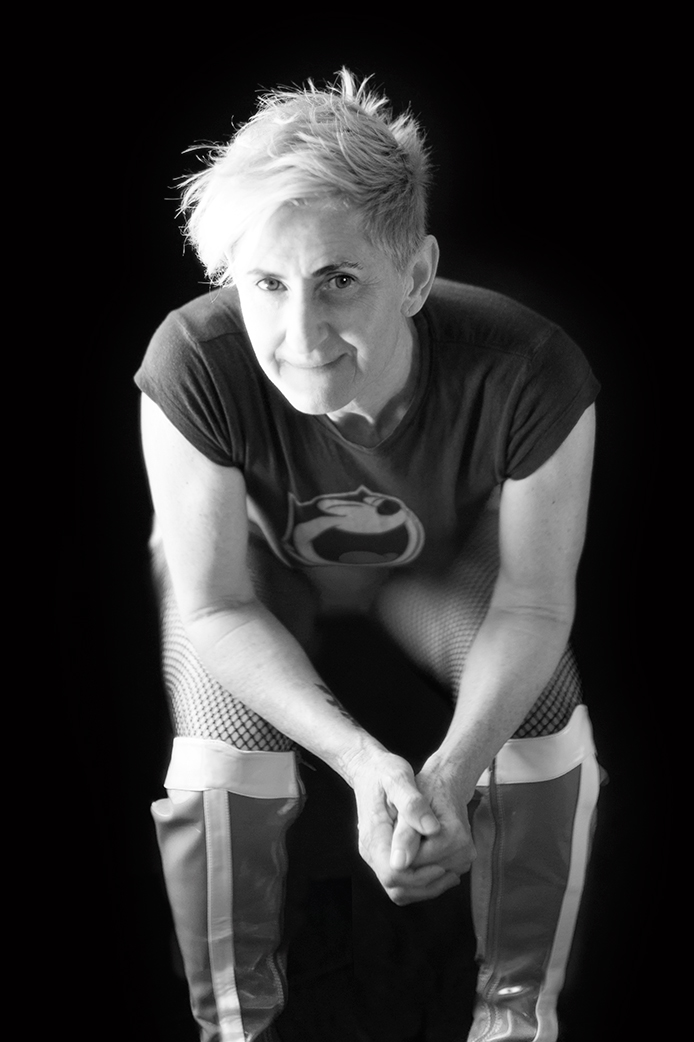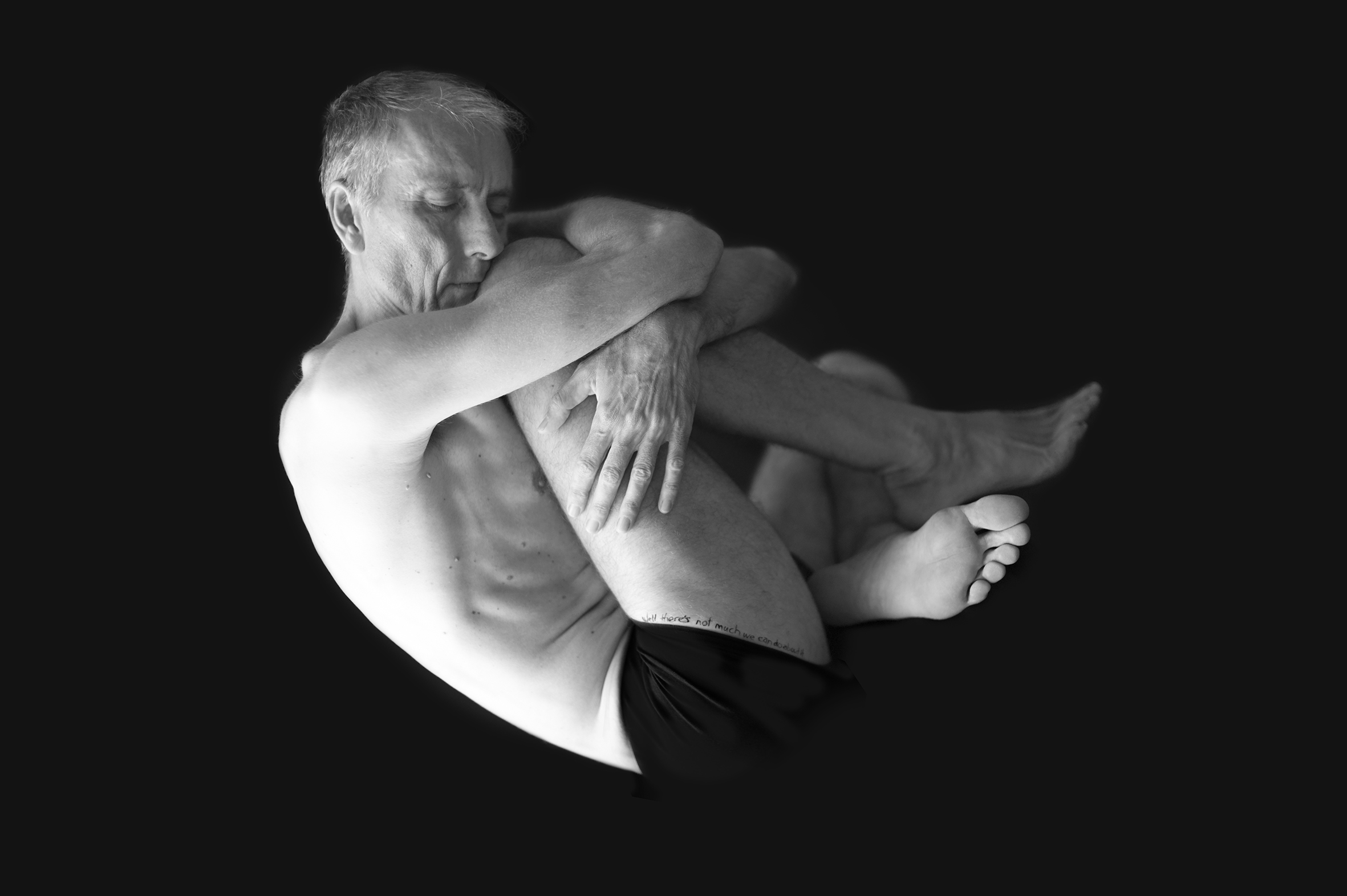Therese Ritchie: Burning Hearts
The Museum and Art Gallery of the Northern Territory (MAGNT) shines a light on the provocative career of Therese Ritchie with Burning Hearts, the fourth in a series of solo exhibitions spotlighting the practice of significant Northern Territory artists.
By Tamara Howie
 When Therese Ritchie first arrived in Darwin on a sweaty December day as a 20-year-old, she was mesmerised by the palpable quality of the weather. It was a place that was so lush with life that, at times, you couldn’t drive down the road for the number of green tree frogs hopping around.
When Therese Ritchie first arrived in Darwin on a sweaty December day as a 20-year-old, she was mesmerised by the palpable quality of the weather. It was a place that was so lush with life that, at times, you couldn’t drive down the road for the number of green tree frogs hopping around.
Not long after arriving, Ritchie studied Fine Arts at Darwin Community College, the modern day Charles Darwin University, where a lacklustre painting teacher drove her to pursue other lecturers for more substance. She soon met photography lecturer Martin Munz and promptly changed her major to photography, a medium that has had a lasting impact in her artistic practice.
“He taught it from a political perspective and using photography as a vehicle for expression – he was just smart, and I liked the ethics,” she says.
Ritchie has gone on to have a varied career, from a photojournalist, graphic designer, writer and an unwavering practicing artist. But it’s her fiercely political and social commentary, providing an often humorous take on the inequality she sees throughout the Territory, that has earned her a reputation as one of the NT’s most provocative artists.
“My work is essentially about the same stuff – inequality and racism – especially in a place like the Northern Territory where it comes up against itself all the time,” she says.
 Burning Hearts features previously un-exhibited work as well as Ritchie’s well-known pieces, including work from the collaborative LittlePrick series, and photographic work from The Borroloola Portraits and Love series.
Burning Hearts features previously un-exhibited work as well as Ritchie’s well-known pieces, including work from the collaborative LittlePrick series, and photographic work from The Borroloola Portraits and Love series.
The Love series grew from a self-portrait featuring the bigoted and homophobic words Ritchie had found herself subject to over the years written on her skin.
“It occurred to me one day that you have to share yourself. I think when an artist makes work about anything, quintessentially there’s always part of themselves in there, something pushing,” Ritchie says.
The portrait organically evolved to have the words written on her body, rather than on the paper, and was intended as a one-off but became a talking point. People shared their stories with Ritchie of the hurtful words said to them, and Ritchie spent two years building relationships and working with subjects to capture their stories and vulnerability through the lens.
 For Ritchie, the process of going through the work she’s created over the years casts a light on the evolution of the Territory in that time.
For Ritchie, the process of going through the work she’s created over the years casts a light on the evolution of the Territory in that time.
“It’s made me realise how the Northern Territory and Top End has changed physiologically, socially, politically – any that’s not necessarily for the best, in my opinion,” she says.
“I think there was a lot more hope years ago. More hope about things turning out well for everybody. But now it’s narrowed down to things turning out well for people who have a lot of money ... A lot of local people have left. It’s quite sad for me to see, and overwhelming to see the breadth of work I’ve made in response.”
Ritchie knew at a young age she wanted to be an artist, but admits it’s not always an easy journey.
“Practicing art is not for sissies – it’s a hard road."
"It’s a big commitment. It means putting practice before economics. It means following your instincts and intuition, even when you don’t know what the f—k it means, or where it’s going, or why you’re doing it or if it’s going to make you any money. It’s a real commitment,” she says.
“I want to see more artists. Younger artists, especially in communities. I want to see more of them. I want them to know it’s a worthwhile commitment. But you gotta play the long game and keep working. Even if people say they hate your work or they love your work. Just keep working.”
Therese Ritchie: Burning Hearts Sat 30 Nov, 2019 – Sun 28 Jun, 2020 | Opening 6pm, Fri 29 Nov | Museum and Art Gallery of the Northern Territory | magnt.net.au
